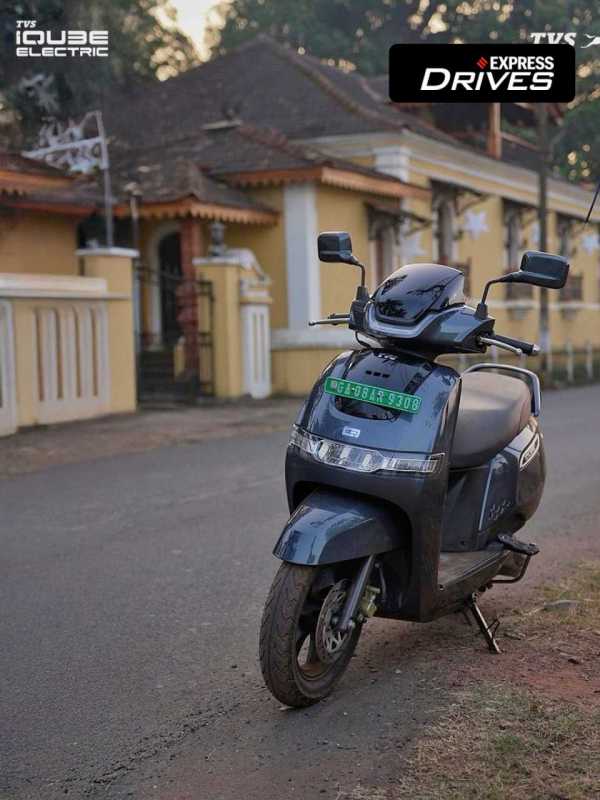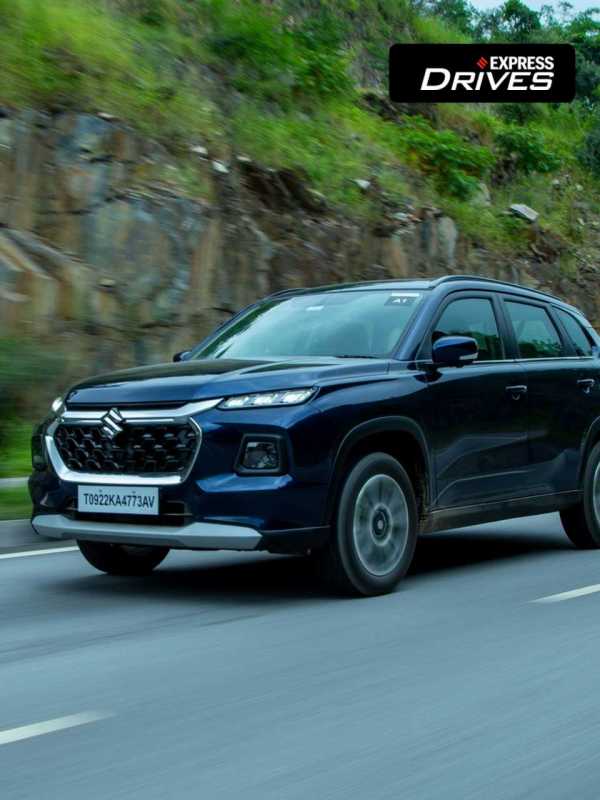Daryl Wan
India’s transition to electric mobility following the global EV30@30 campaign is not a far-fetched dream anymore. The country has set the target to have at least 30% of vehicle sales to be electric by 2030. Achieving this ambitious transition would require having an accessible and robust network of electric vehicle (EV) charging infrastructure. This is where the role of Energy Storage Systems gets accentuated. An electrical equivalent of tanks for fuel or storage warehouses for coal, the Energy Storage Systems (ESS) are a pack of batteries that are capable of storing and delivering energy from renewable sources to the grid or to the charging piles. As per the report published by BloombergNEF (BNEF), India is expected to become the third-largest country in terms of energy storage installations by 2040.
The mobility market has undergone significant changes, with forecasts indicating that nearly 50% of all vehicles will be fully electric by 2040. These vehicles will require charging at home, utilizing a simple wall box or a few kilowatt DC chargers for homes or at commercial EV charging stations.
Key challenges
With the anticipated rise in the number of electric vehicles (EVs) on the roads, utilities, regulators, policymakers, and legislators are placing a greater emphasis on developing plans to cope with the added demand for electricity during peak times from EV charging. The electric grid is in need of additional generation capacity to produce the power required for EVs. Furthermore, grid operators must upgrade and enhance transmission and distribution (T&D) systems, primarily by increasing capacity to transmit and deliver the extra electricity during peak demand times. On the other hand, with increased electricity usage, there will be a corresponding rise in generation fuel use and air emissions.
Energy Storage Systems: A Boon for EV Infrastructure
To facilitate fast EV charging during peak demand periods, a smarter and more responsive grid which is supported by energy storage resources can provide the necessary monitoring, communications, control, and computational capabilities. As a result, grid operators will be better equipped to manage the added load from EV charging and maintain the stability and reliability of the electric grid. Energy storage will play an increasingly vital role for EV chargers, particularly in areas where demand charges are high, and interconnection locations are limited.
Storage options are particularly important where grid infrastructure deployment lags behind EV uptake. As demand for electric vehicles (EVs) rises, so will the use of AC and DC charging infrastructure, creating more opportunities for storage options. ESS can generate revenue through grid services, supporting the grid system until EV demand increases. Conversely, if demand charges increase or infrastructure
It needs surpass installed power capacity, batteries can be retrofitted to meet these requirements. Fortunately, there are other solutions as well that can help address these issues. Energy storage systems can be charged from either solar or wind power avoiding the usage of polluting fuels. Additionally, when using renewable sources, the power generation can be done locally at the point of usage, which will save cost of building transmission and distribution infrastructure
Summing Up
The ongoing global energy crisis and environmental hazards have accelerated the adoption of electric vehicles (EVs) worldwide. Compared to gasoline-powered vehicles, EVs can significantly reduce greenhouse gas emissions, lower energy costs for drivers, and decrease dependence on imported petroleum. However, India faces significant infrastructure challenges to achieve full EV adoption. EVs require different charging and maintenance infrastructure than traditional internal combustion engine (ICE) vehicles due to the differences in the engine and other working parts. Unfortunately, India’s current charging infrastructure may not be capable of handling the anticipated increase in EV demand.
Energy storage systems offer a straightforward and sophisticated solution to address the challenges associated with the future of EV infrastructure in the country. In response to the rapid growth of the Electric Vehicle Market in India, the ESS market is projected to exceed the 1000 GW power/2000 GWh capacity threshold before 2045, up from its current level of 10 GW power/20 GWh. Electric energy can be stored in batteries using electrons and chemistry, fluids like petrol or gasses and can be reused when needed. This stored energy can be utilized to boost EV charging, stabilize the grid by shaving the peaks of power, or provide supply in the event of a blackout. Energy Storage Systems (ESS) are crucial for addressing several issues, including charging time and range anxiety concerns and strengthening the overall EV infrastructure in India.
Daryl Wan is the Sales Director of Analog Devices, South Asia Pacific.
Disclaimer: Views expressed are personal and do not reflect the official position or policy of Financial Express Online. Reproducing this content without permission is prohibited.




















